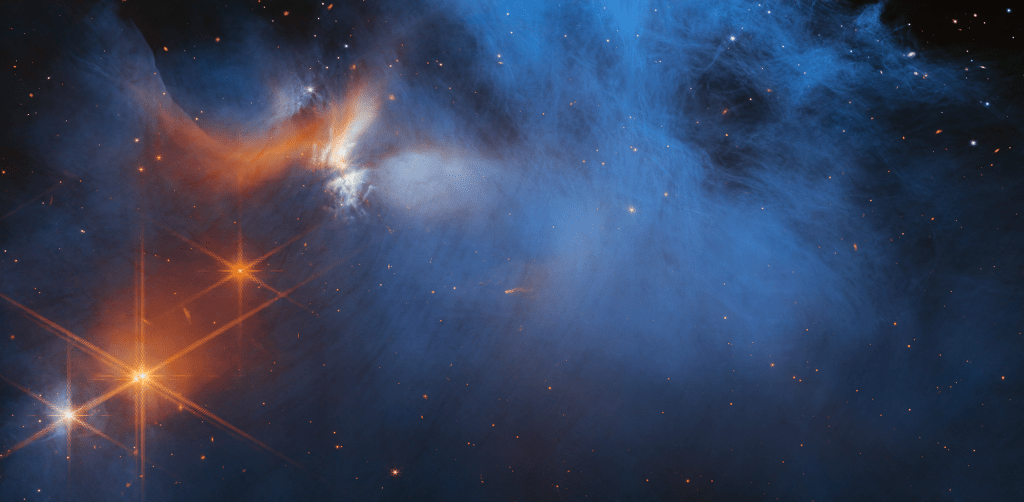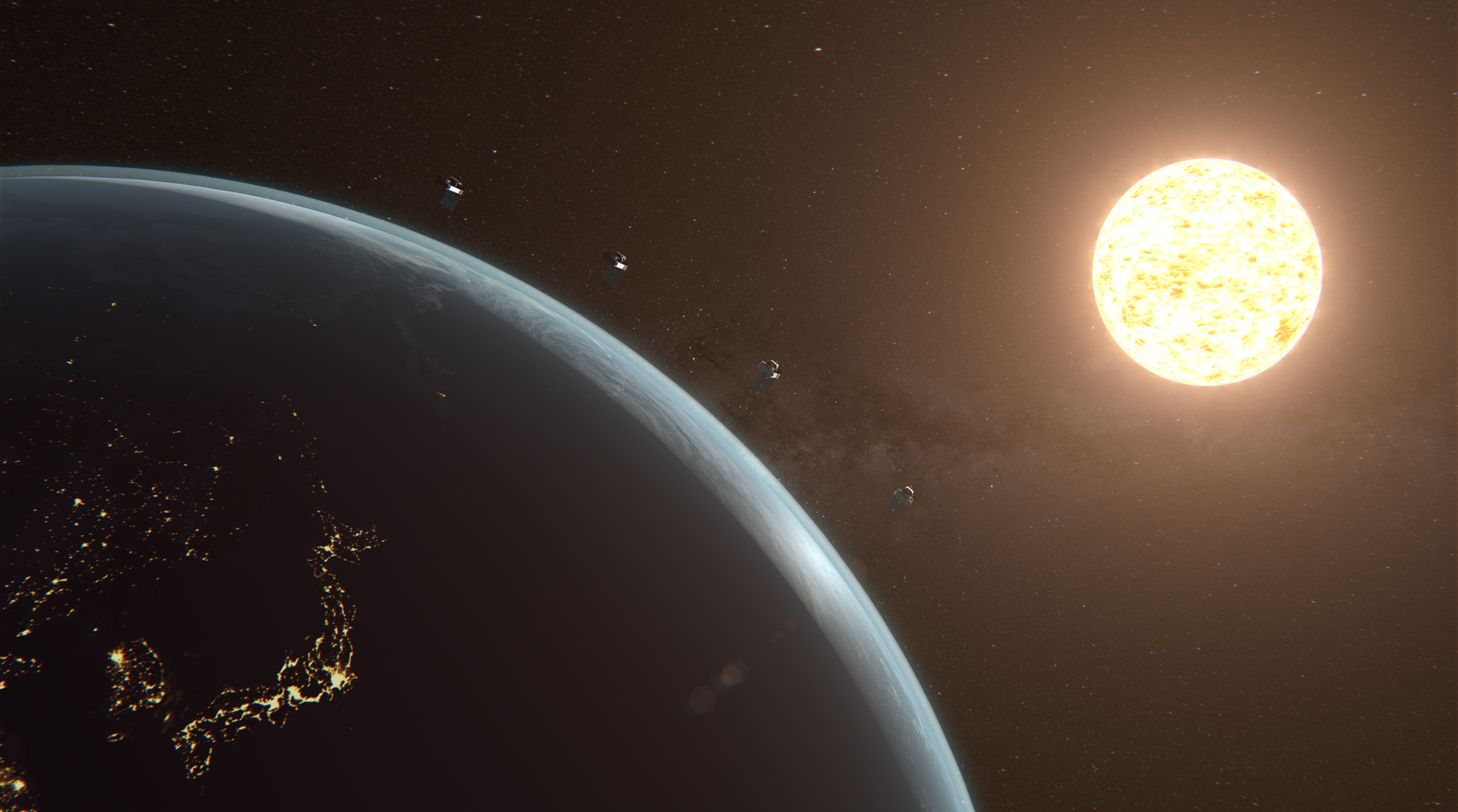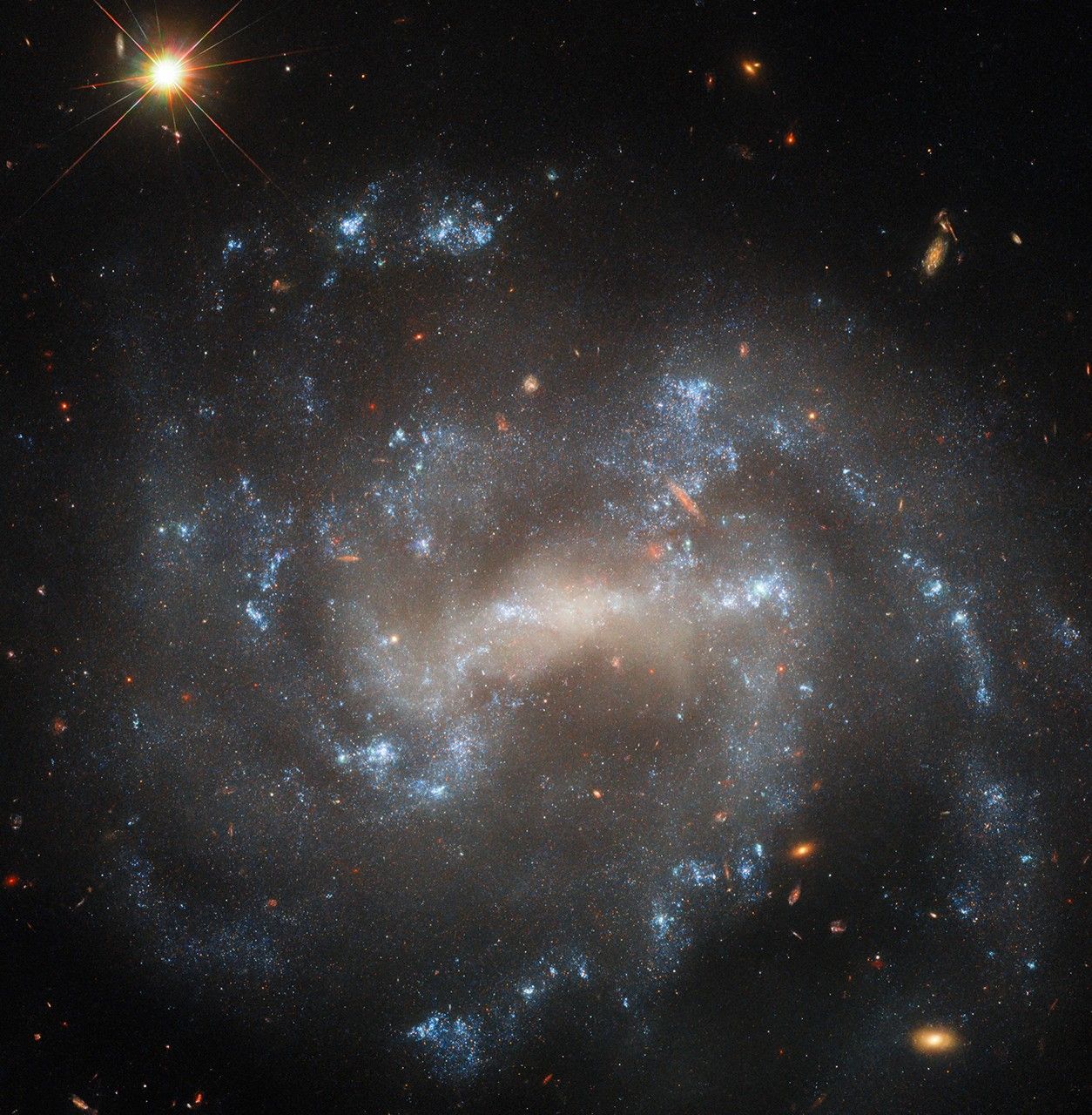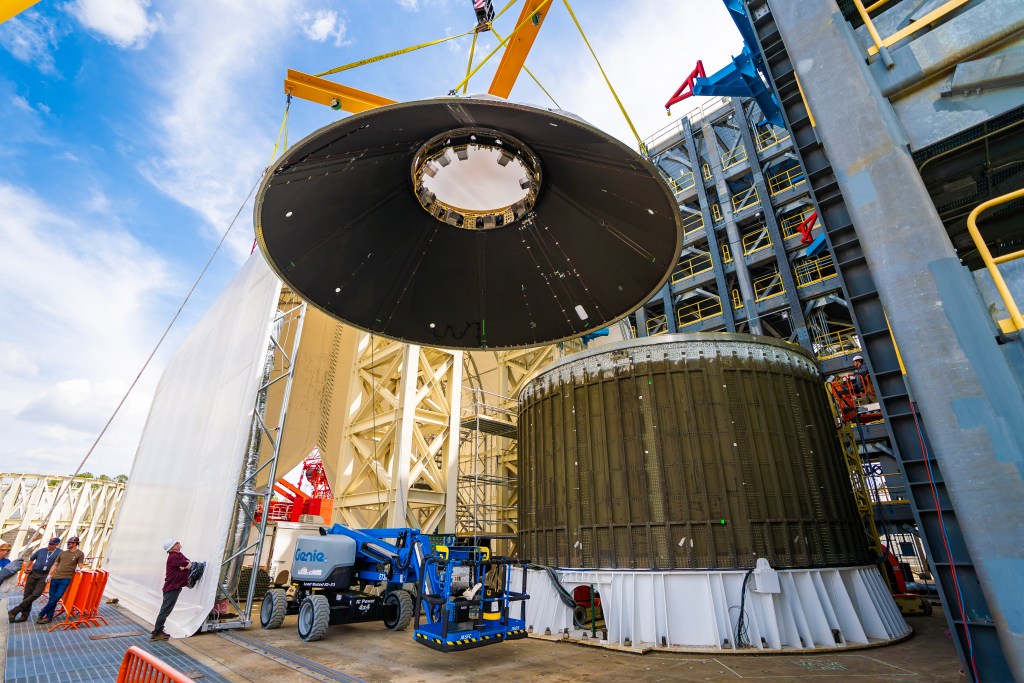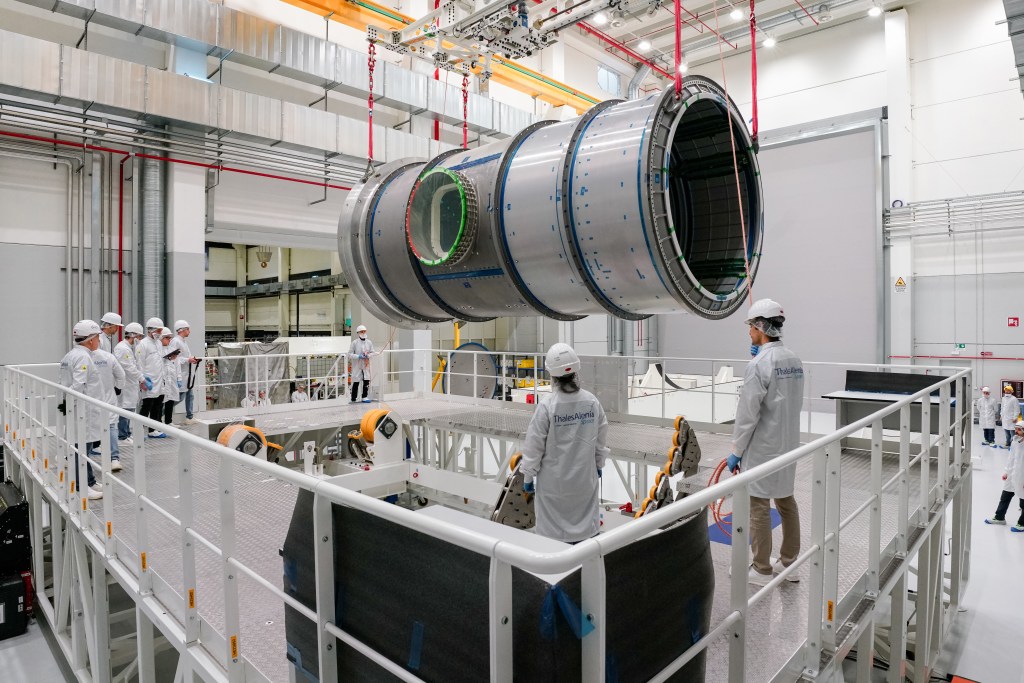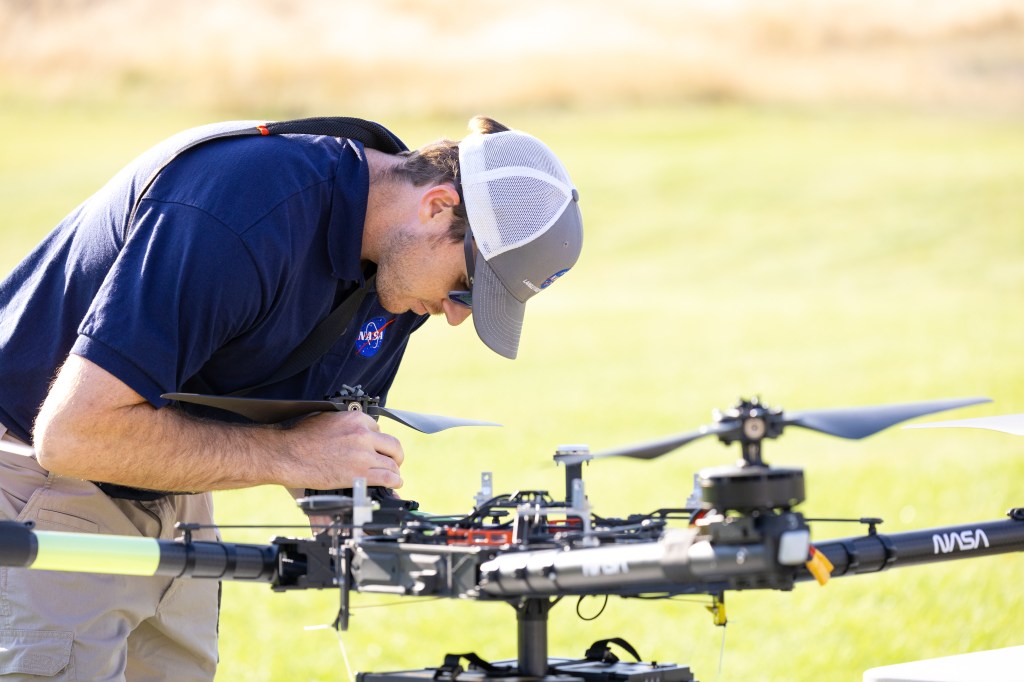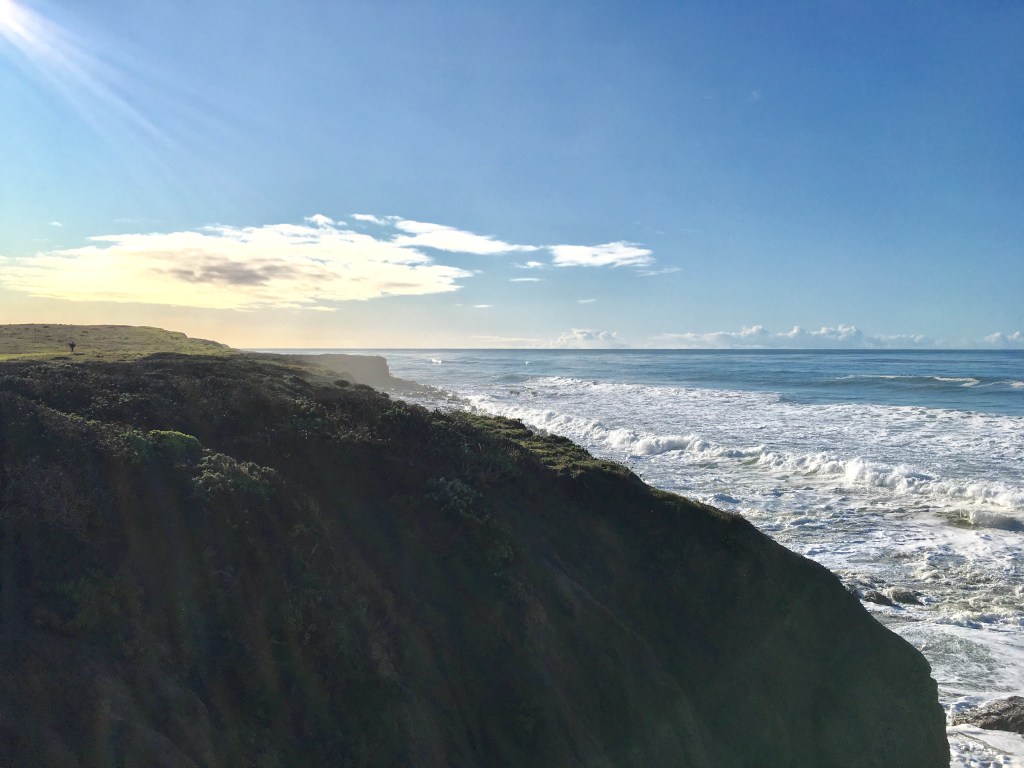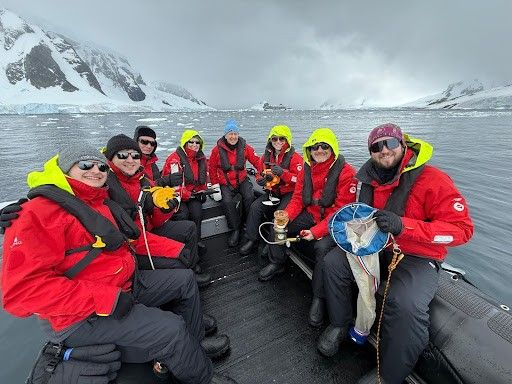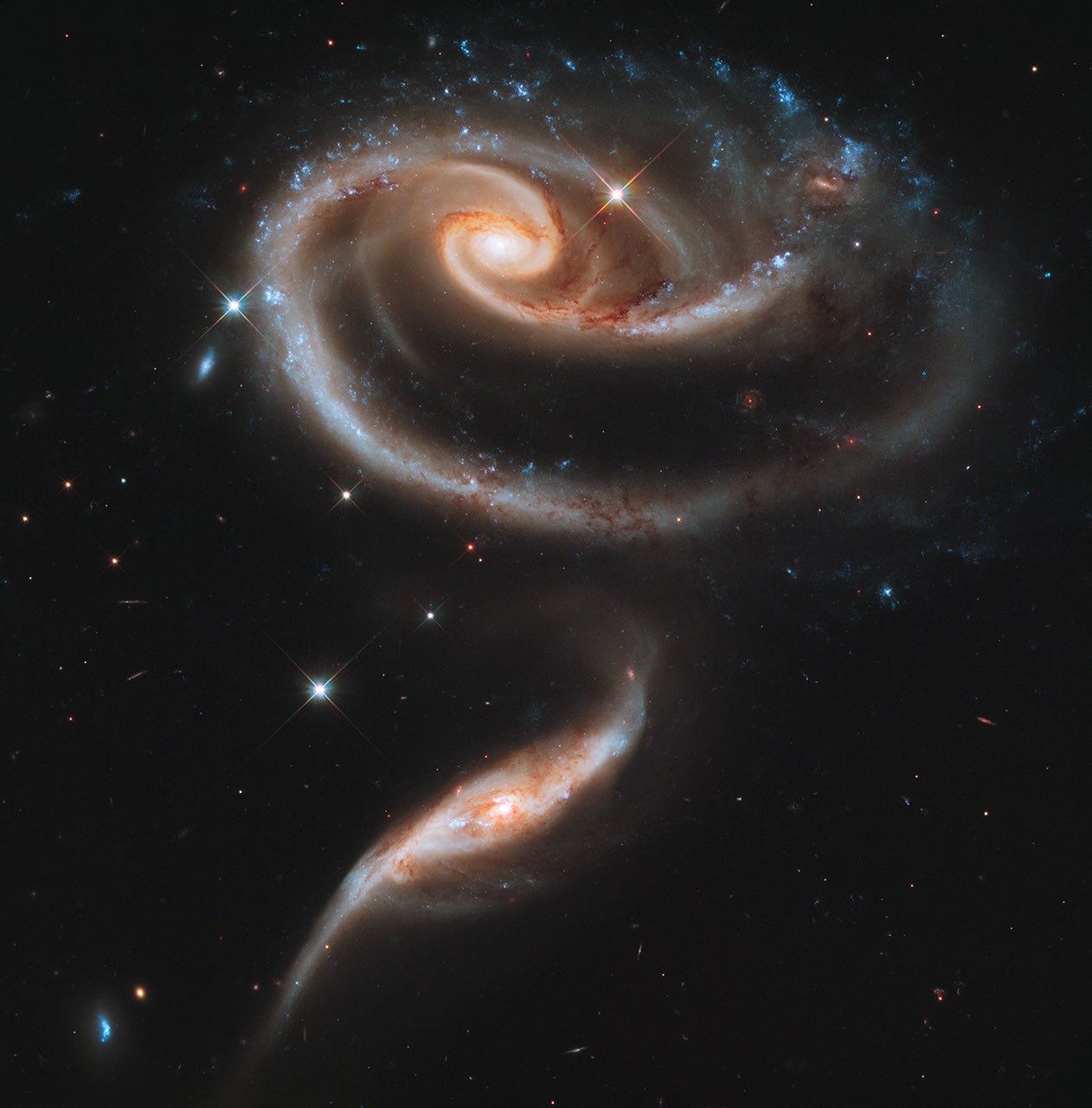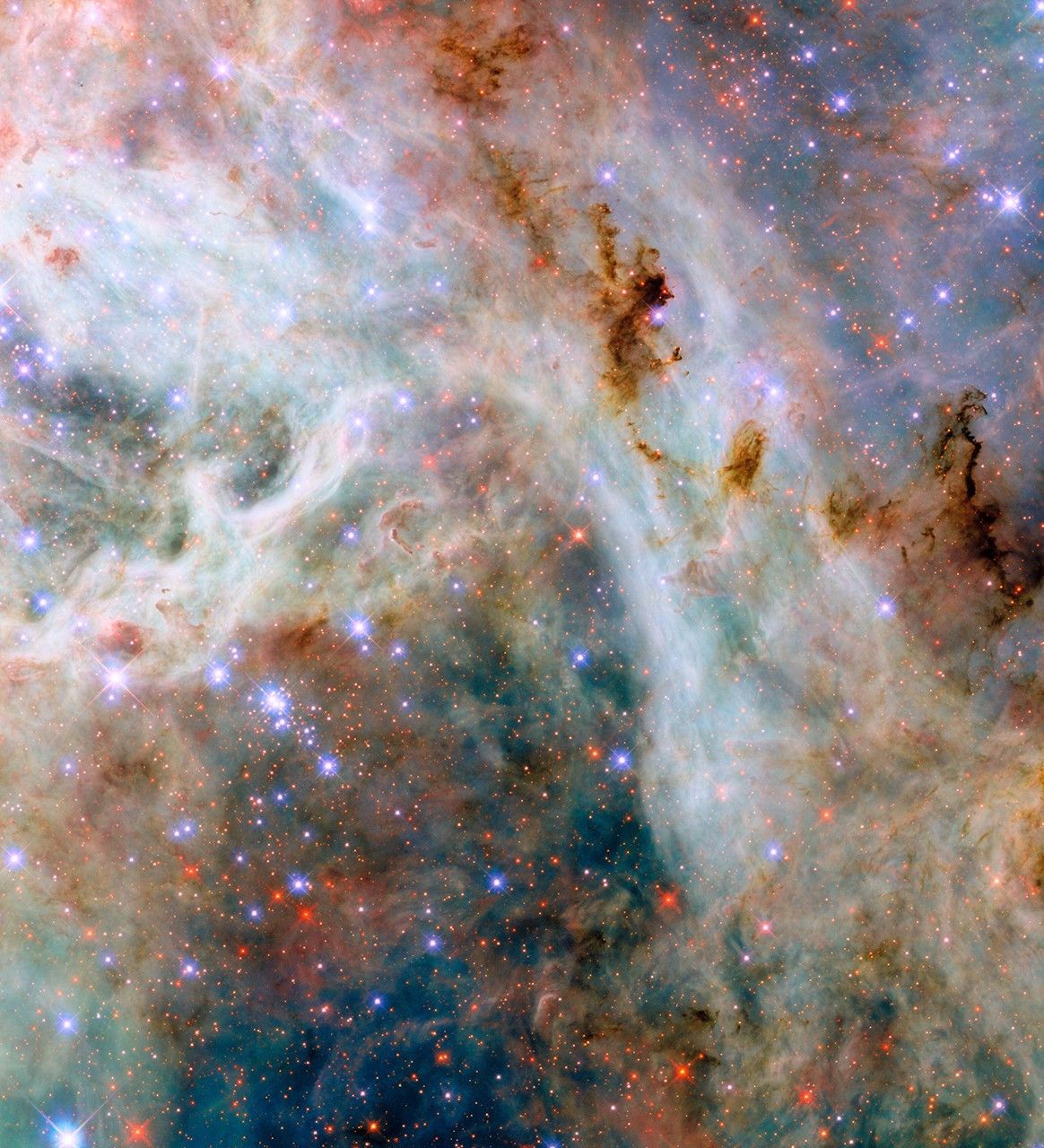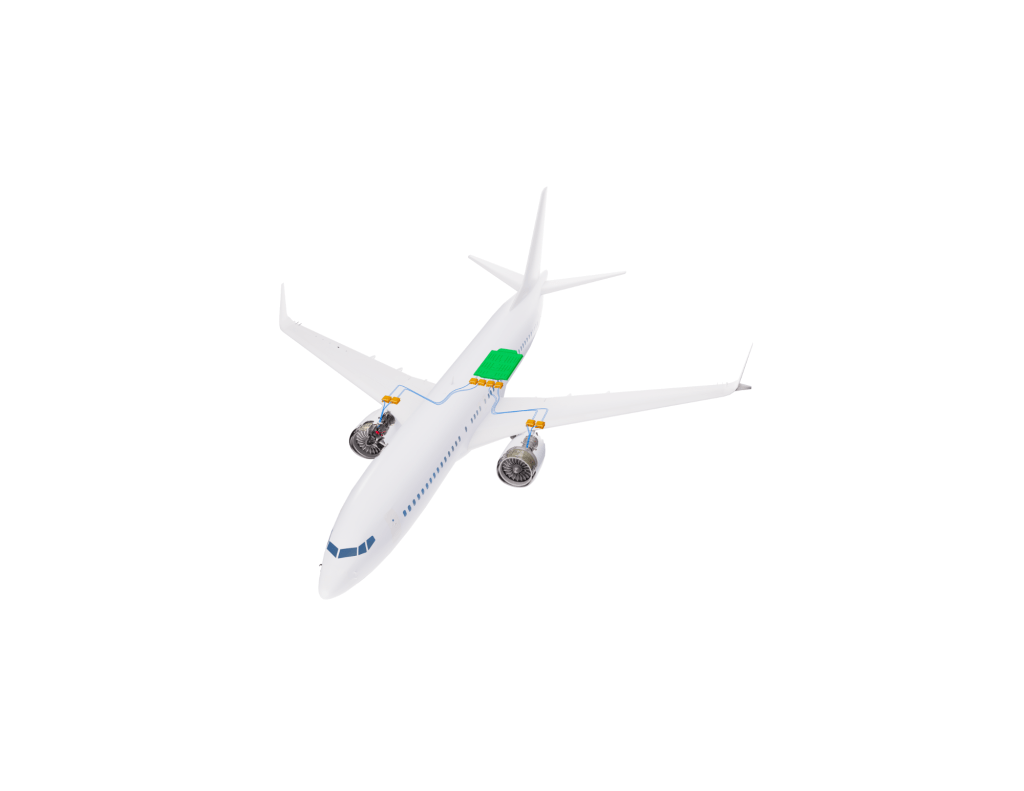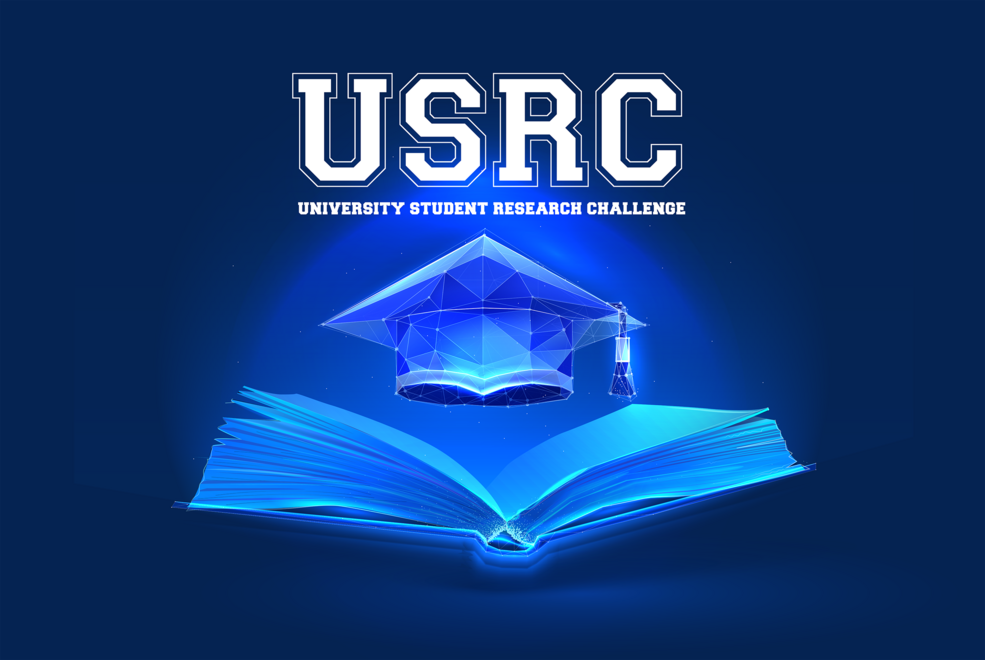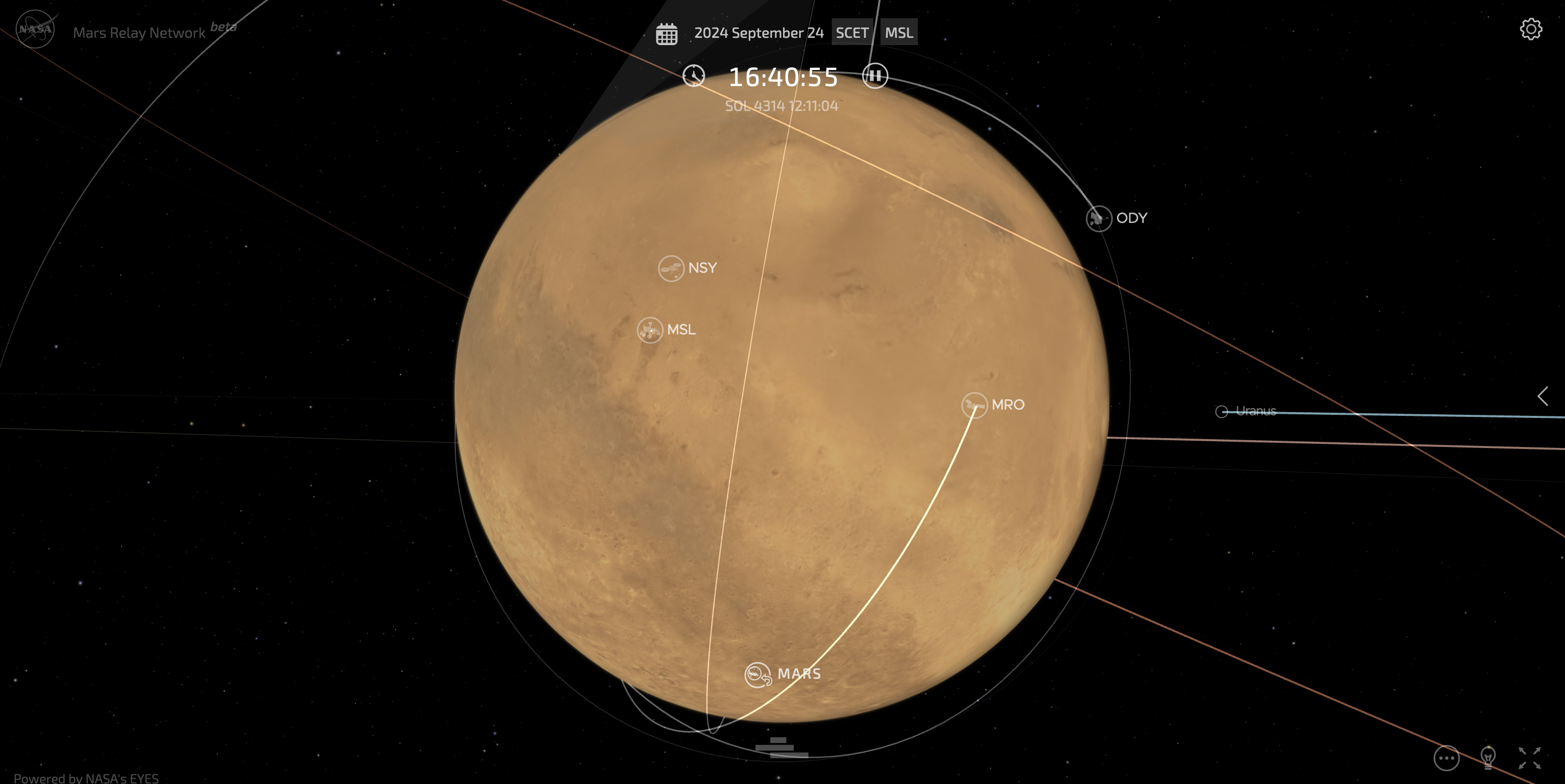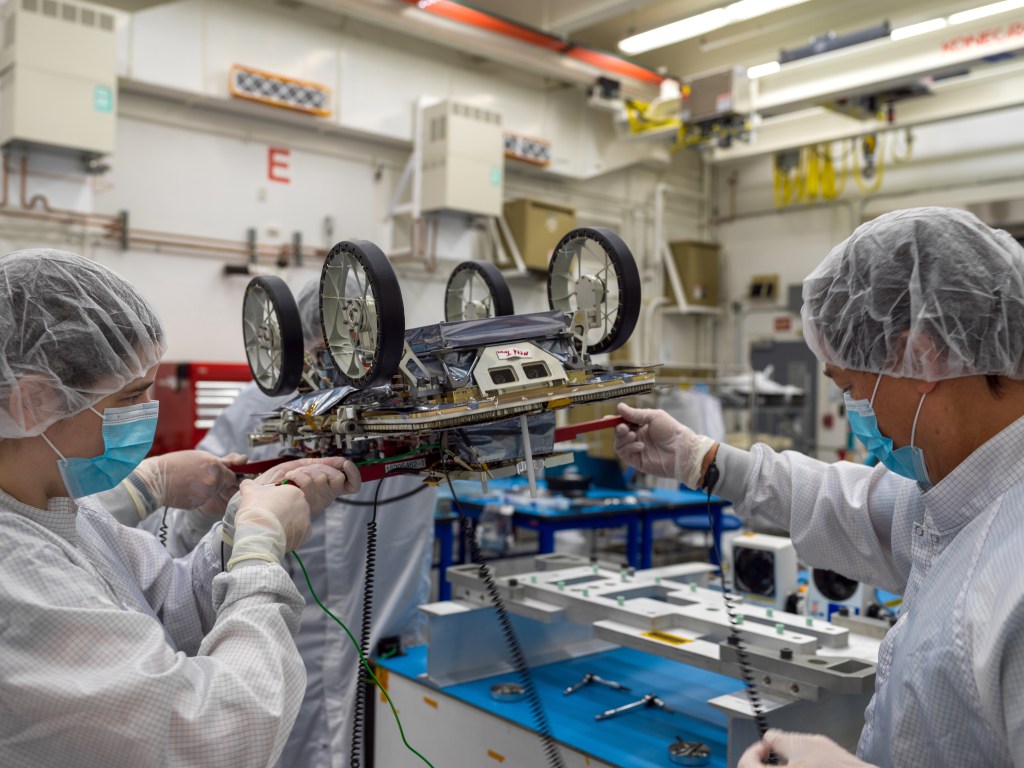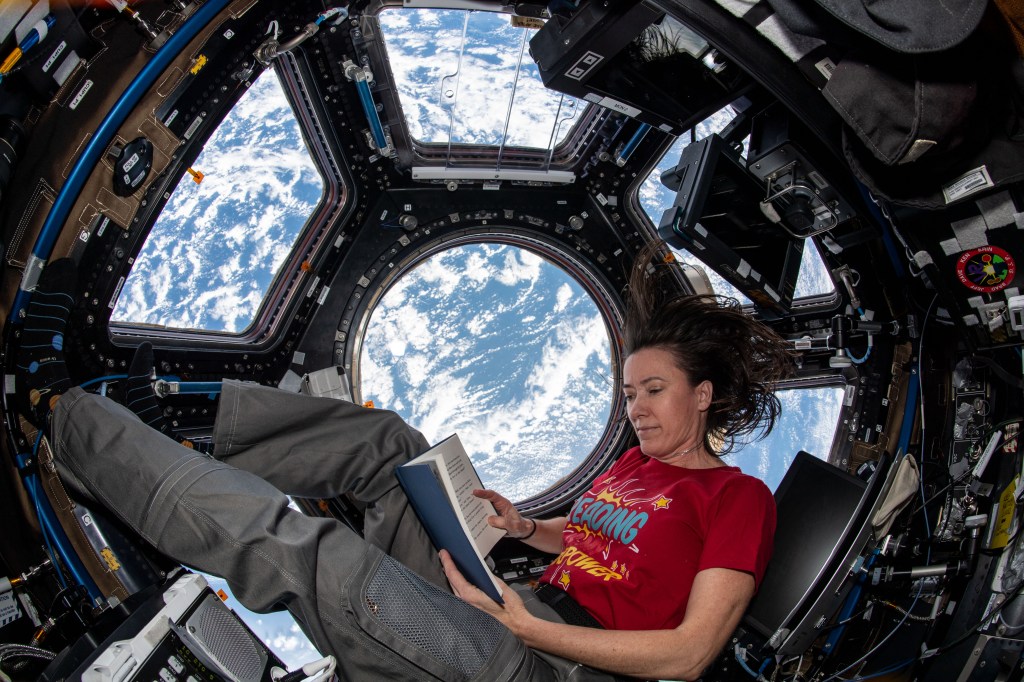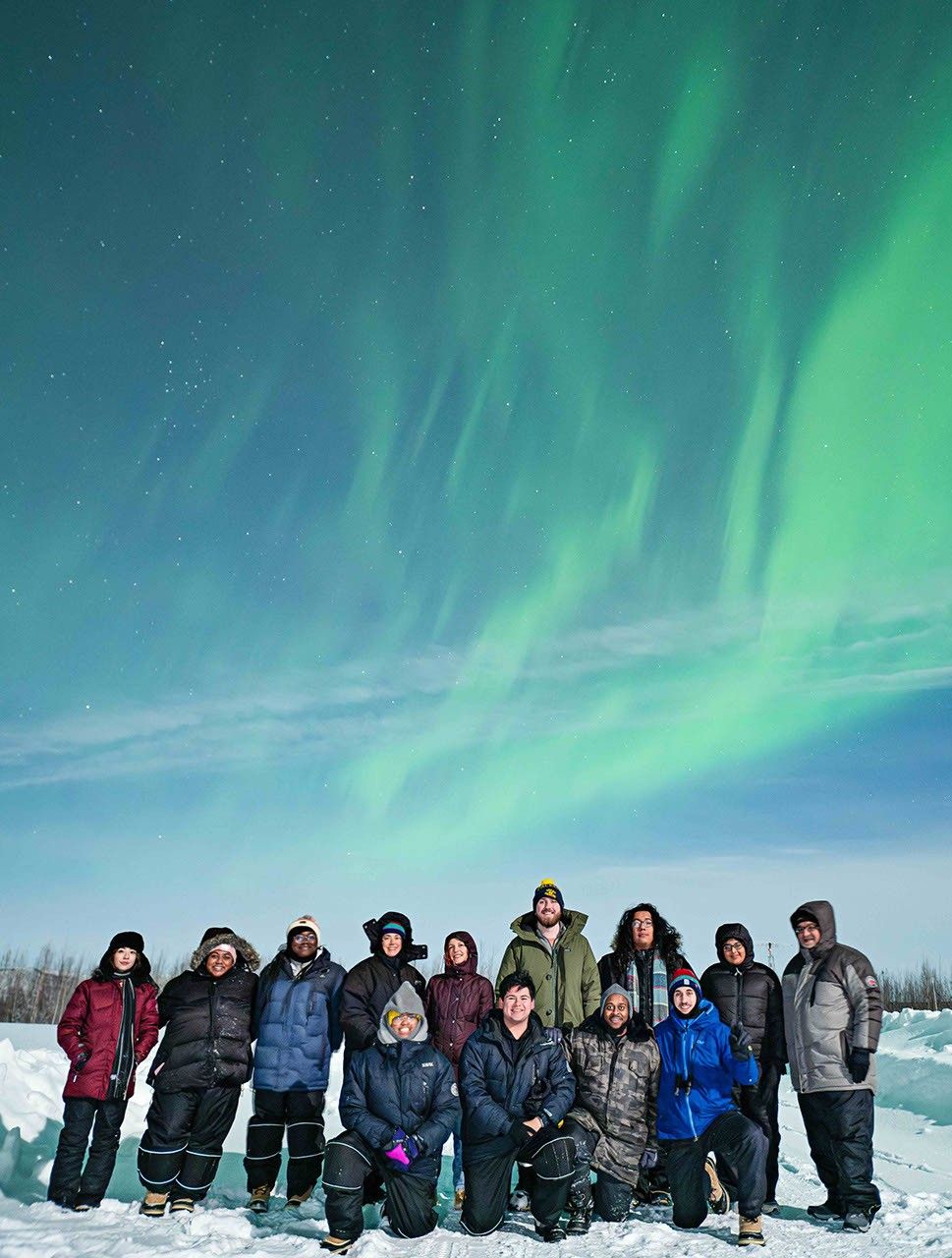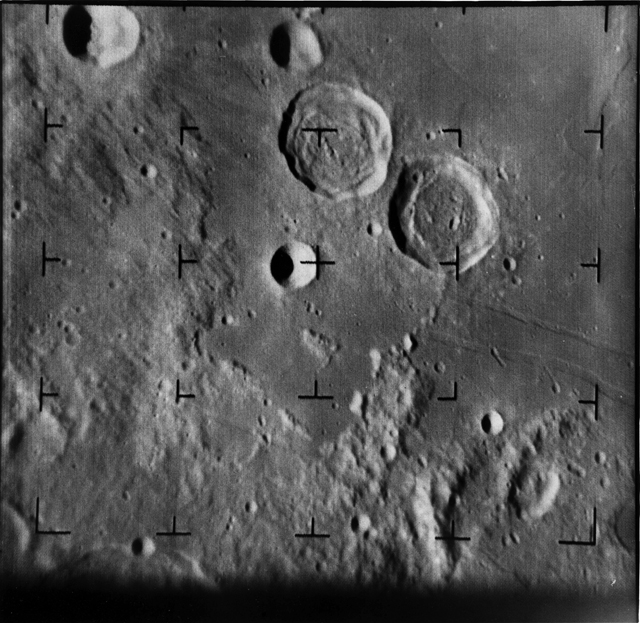Muscle, Eye, and Breath Research Keeping Crews Healthy in Weightlessness
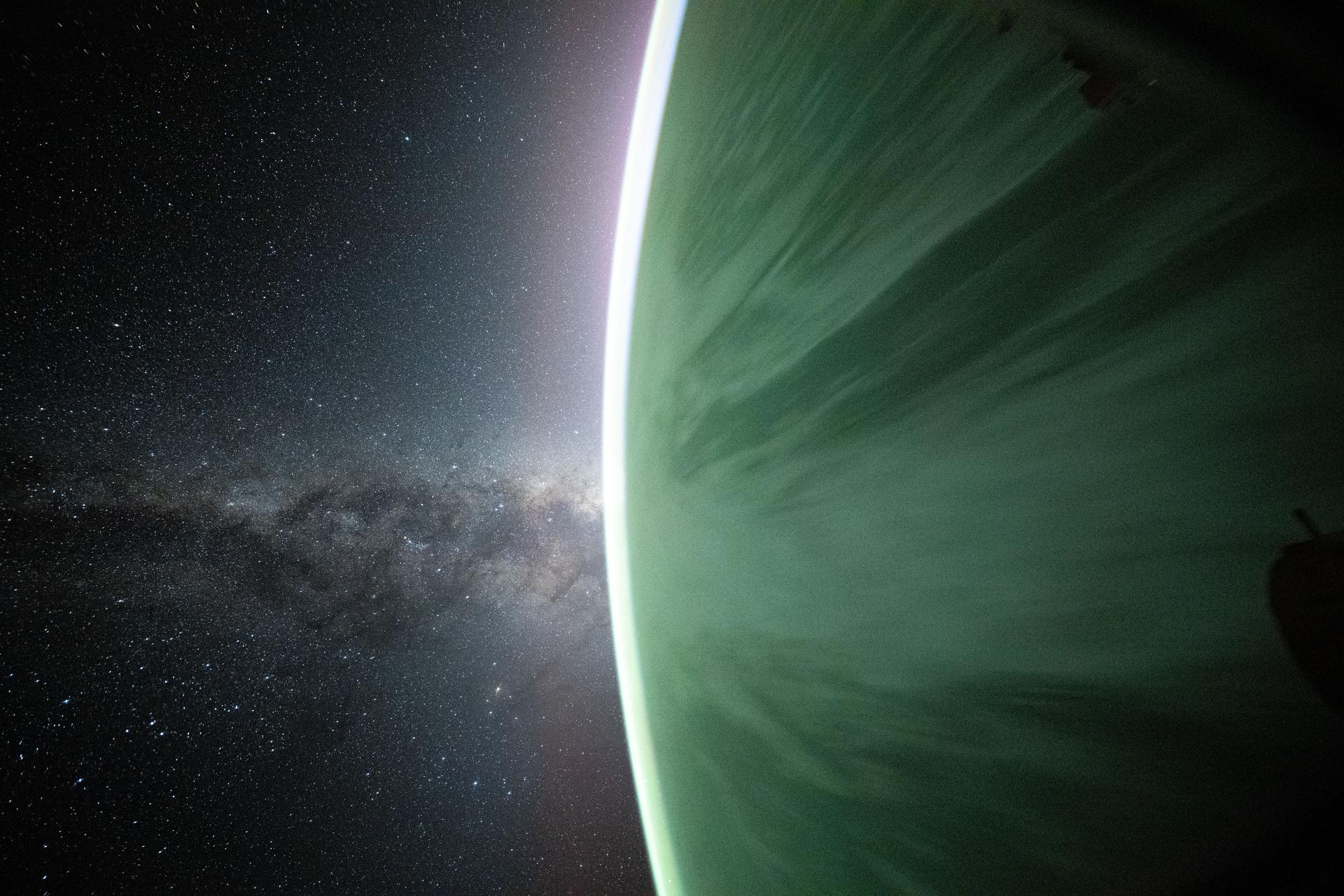
The muscle, eye, and respiratory research that took place Friday on the International Space Station is helping doctors keep crews healthy on long term space missions and informing possible treatments on Earth. The Expedition 72 crew members also explored space agriculture while working on spacesuits and emergency training.
NASA Flight Engineer Nick Hague attached electrodes to his legs that stimulated his muscles for an investigation exploring ways to counteract space-caused muscles loss. He worked in the Columbus laboratory module where a control unit sent electrical signals exciting his leg muscles. Results may improve muscle function, shorten workout sessions, and lead to lighter exercise equipment in space.
Afterward, Hague joined NASA Flight Engineer Don Pettit for eye exams using standard medical imaging gear in the Harmony module. Pettit assisted Hague as he peered into the optical device while doctors on the ground observed Hague’s eyes in real time. Spaceflight can cause swelling where the optic nerve attaches to the back of the eye. Researchers are exploring a B vitamin supplement as a way to offset that condition, called Spaceflight-Associated Neuro-ocular Syndrome, or SANS, and protect astronauts as NASA and its international partners plan missions to the Moon, Mars, and beyond.
Earlier, Pettit removed samples from inside the Electrostatic Levitation Furnace (ELF) and stowed them inside a bag for return to Earth. The ELF, located inside the Kibo laboratory module, safely heats materials with a high melting temperature to study thermophysical properties unobtainable in Earth’s gravity. The benefits of microgravity research inside the high temperature physics device may lead to the creation of new materials leading to new industrial applications.
NASA astronaut and current space station Commander Suni Williams spent her day inside the Quest airlock servicing spacesuit and spacewalking tool batteries. NASA Flight Engineer Butch Wilmore also joined her activating communication and oxygen systems and swapping life support gear on two spacesuits. Earlier in his shift, Wilmore thinned the leaves of Red Romaine lettuce plants growing inside Kibo’s Advanced Plant Habitat. The lettuce is growing to study how to grow crops on future space missions.
Roscosmos Flight Engineers Alexey Ovchinin and Ivan Vagner partnered together and wore sensors measuring their exhalation rate for an experiment to understand how microgravity affects the respiratory system. Flight Engineer Aleksandr Gorbunov worked on life support systems throughout Friday then wrapped up his shift installing imaging hardware to observe Earth’s nighttime atmosphere in ultraviolet wavelengths.
At the end of the day, all seven Expedition 72 crew members gathered together and trained to use the Anomaly Gas Analyzer (AGA) emergency hardware. The AGA can measure and detect gases in the station’s environment that may require the crew wear protective masks. The orbital septet also reviewed ammonia leak emergency procedures then conducted a safety conference with ground teams.
Learn more about station activities by following the space station blog, @space_station and @ISS_Research on X, as well as the ISS Facebook and ISS Instagram accounts.
Get the latest from NASA delivered every week. Subscribe here: https://www.nasa.gov/subscribe

